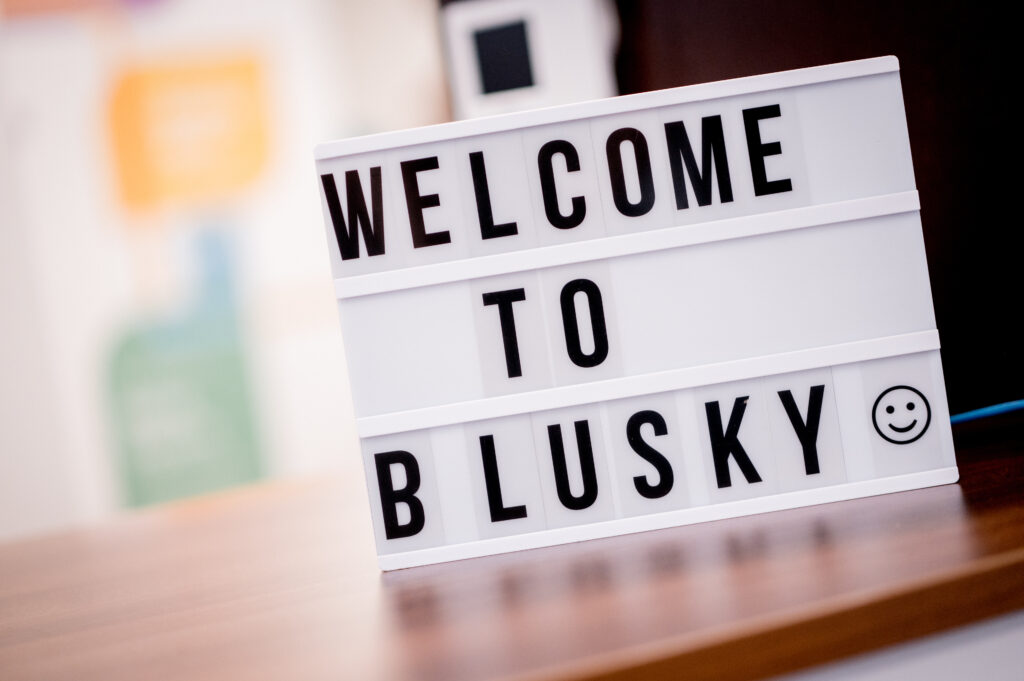Business forecasts give you goals to aim for throughout the year.
By it’s nature, a forecast is literally a prediction of the future, which of course none of us can do! Forecasting is essential though. It means you have ‘educated guess’ plans to work to, so you can identify if things are going off track and take positive action to rectify them.
There are several types of forecasts that are relevant for different things. They help you make informed decisions about aspects like processes, expenses, hiring and sales.
If you haven’t got any forecasts done for the year ahead, this is your (not so subtle) reminder to do so! With this in mind, we’ve put together four things you should consider to get the most out of your forecasts.
1: Pick the right forecast
There are several different business forecasts that you can put together, including:
Cash flow forecasting
Cash flow forecasts allow you to play around with different scenarios and decide what you can or can’t afford to invest in. As they say, cash is king! So a cashflow forecast gives you peace of mind that you’ll have enough cash in the bank to stay afloat further down the line, before you go hiring someone, or investing in a new office refurb for example.
Sales forecasting
To get cash, you need sales. Your sales forecast will tell you how many sales you need to make in order to get the cash to carry on operating as you want to. If your business has been running for a while, you should look back at your historical sales data to identify any trends. This way, if you always have a certain time of year that sales drop, you can plan for it before it happens rather than being taken by surprise.
Success of product
If you’ve put together a new product which you’re due to launch, you can do some market and trend research to forecast your success. By finding out how many people are likely to purchase your product, you can then look at your data and forecast to set an initial price point and work out how much inventory or people resource you need.
2: Consider your actual payment dates
Whenever you’re doing a cash flow forecast, you need to rely on actual payment dates. This means when your payments are due to go out, when you are due to be paid and which day the funds will actually arrive in your bank account. Most of you are likely to have experienced late payments on invoices… So, keep this in mind and add a buffer! We’ve seen forecasts which had incorrectly listed the date of invoice as the date the funds would be available in your bank account. Not a trap you want to fall into.
3: Look at ALL costs
It can be easy to forget your outgoings. Start with the regular, fixed expenses such as: staff salaries, memberships, software and rent. It’s likely that they go out at the same time and that they’ll remain the same cost for a set period. Consider variable expenses too, this can include, stock, packaging, raw materials, anything where the cost will go up or down on a month-by-month basis.
4: Prepare for the unexpected
Whilst you can’t prepare for every scenario, you should always plan for unexpected costs. We know it isn’t fun to think about things potentially going wrong and being more expensive. But, taking some time to plan contingency spend will really help you tackle whatever life throws your way.
Need help with forecasting?
Whether you need to do you first ever forecast, some re-forecasting or need further understanding of what you’re trying to map out, feel free to get in touch. We’ve been doing forecasts for countless years.



